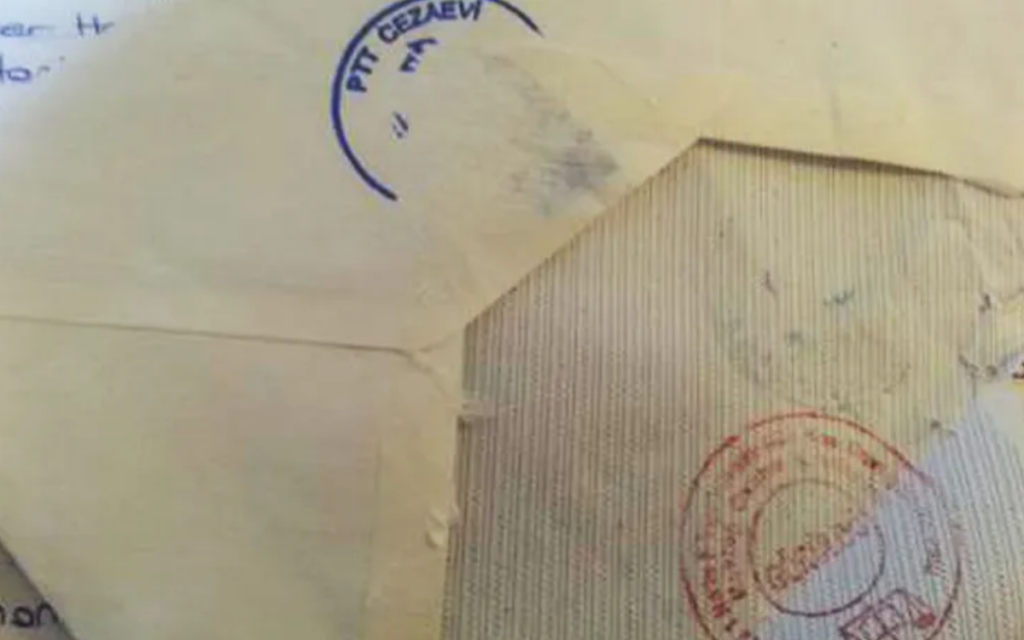In a significant ruling, the Constitutional Court has addressed a collective application from 11 prisoners challenging the confiscation of their letters. The court’s decision emphasizes the vital issue of communication rights within the prison system, after the disciplinary boards had repeatedly seized inmates’ correspondence. By asserting that the monitoring and confiscation procedures violated constitutional provisions, the court has placed a spotlight on the broader implications for prisoner rights and freedoms.
| Article Subheadings |
|---|
| 1) Collective Application of Inmates |
| 2) Journey Through Judicial Appeals |
| 3) Constitutional Court’s Findings |
| 4) Implications of the Ruling |
| 5) Future of Prisoner Communication Rights |
Collective Application of Inmates
The case began with the joint efforts of 11 inmates from various prisons who filed a collective application with the Constitutional Court. These individuals, including notable figures like Kamil Özdemir and Aydın Çiçin, were compelled to act due to grievances concerning the repeated confiscation of their letters by prison disciplinary boards. Their applications highlighted a fundamental issue: prisoners’ right to communicate with the outside world. The letters in question were addressed to a range of recipients, such as family members, friends, and public figures, underscoring the vital importance of correspondence for individuals who may feel isolated within prison walls.
Journey Through Judicial Appeals
Initially, the inmates attempted to challenge the disciplinary boards’ decisions by appealing to their local Execution Judgeships; however, these appeals were dismissed. The prisoners subsequently escalated the matter to High Criminal Courts, which similarly upheld the disciplinary decisions without providing substantial reasons for their actions. Faced with such setbacks, the 11 prisoners turned to the Constitutional Court, arguing that the lack of adequate justification for the confiscation of their letters constituted a breach of their right to communicate. This layered judicial path highlights the multifaceted obstacles that prisoners encounter within the legal system when advocating for their rights.
Constitutional Court’s Findings
In analyzing the situation, the Constitutional Court invoked Article 22 of the Constitution, which guarantees freedom of communication. The Court’s findings were clear: the monitoring and seizure of inmates’ letters interfered significantly with this vital right. It pointed out that the disciplinary boards had failed to establish solid reasoning that justified their actions in regards to the content of the seized letters. In fact, the Court remarked on the circumstances under which only specific sections of a letter may need to be withheld, suggesting that redaction could be a viable solution for less severe violations. Ultimately, the Court concluded that the interference with communication was “not necessary in a democratic society,” thereby setting a precedent for future cases.
Implications of the Ruling
The ruling by the Constitutional Court not only reinstated the communication rights of these 11 prisoners but also raised broader questions about the rights of inmates in general. By prioritizing communication as a fundamental human right, the Court has sent a strong message regarding the need for transparency and fairness within prison administration. It highlights the necessity for prison systems to adopt practices that uphold inmates’ rights, ensuring that their voices are heard and their freedom to communicate is respected. This decision may influence how disciplinary decisions are made in the future, requiring a more detailed and transparent justification for any similar actions.
Future of Prisoner Communication Rights
Looking forward, the implications of this ruling could lead to significant changes in how prisons handle correspondence. Policymakers and prison officials may need to reassess their protocols concerning mail monitoring to align with the Court’s interpretation of constitutional rights. Additionally, this case may empower other inmates who have faced similar challenges to pursue legal avenues for their rights. With the Court’s ruling, it is anticipated that there will be a growing awareness and advocacy surrounding prisoners’ communication rights, potentially leading to reforms aimed at better aligning prison practices with democratic principles.
| No. | Key Points |
|---|---|
| 1 | The Constitutional Court ruled on a collective application from 11 prisoners regarding the seizure of their letters. |
| 2 | Initial appeals to Execution Judgeships and High Criminal Courts were rejected without substantial justification. |
| 3 | The Court found that the monitoring and confiscation of mail violated constitutional guarantees of freedom of communication. |
| 4 | The ruling promotes transparency and fairness in prison administration of inmate communication. |
| 5 | Future reforms may focus on aligning prison practices with inmates’ rights as affirmed by the Court’s decision. |
Summary
The Constitutional Court’s recent ruling represents a pivotal moment for prisoner rights in the context of communication. By recognizing the unlawful confiscation of letters as a violation of constitutional rights, the Court has set a significant precedent. This decision underscores the necessity for prison systems to adopt policies and practices that respect inmates’ fundamental rights, thereby fostering a more rehabilitative environment. The implications of this ruling may extend beyond this specific case, steering future discussions on how inmate communication is managed within the penal system.
Frequently Asked Questions
Question: What triggered the Constitutional Court’s ruling?
The ruling was triggered by a collective application from 11 prisoners who challenged the confiscation of their letters by disciplinary boards.
Question: What was the key legal issue addressed in the ruling?
The key legal issue was whether the confiscation of prisoners’ letters violated their constitutional right to freedom of communication.
Question: What changes may occur in prison correspondence policies as a result of this ruling?
As a result of the ruling, there may be a reassessment of mail monitoring practices, focusing on balancing security concerns with prisoners’ rights to communicate.
